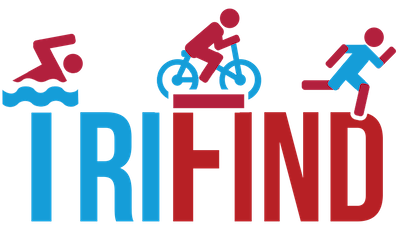How Many Strokes Does it Take to Get to the Other Side of the Pool?

By Nathan Kark, CPT, USAT Level 1
Co-founder/Coach, T4 Endurance
Yes, the title of this article sounds like a terrible joke at first, but everyone who spends any time in the pool should know his or her stroke count AND pay attention to how it changes during a workout.
Stroke count can tell you a lot of things about your training and technique. For example, if you lose form at the tail end of a 1500m swim, lack of efficiency could be the culprit. Yes, you may be undertrained too but, in swimming especially, making small technique changes tends to offer a bigger bang for your buck than spending extra hours mashing out the meters and training harder. After all, you cant stay in the pool all dayyou still have to go ride 40 miles, right? In multisport, efficient training is key.
The worlds best swimmers travel faster because they are able to achieve massive distance per stroke (DPS) ratios, not because they move their arms faster. By decreasing the amount of strokes it takes to get to the other side of the pool, you are expending less energy and increasing efficiency, therefore succumbing to less fatigue. By lengthening your stroke and rotating to reach further ahead into the water, you will have less strokes, add speed, and keep your heart rate lower. Increasing your DPS will preserve much needed energy for later in the race.
Multisport athletes can learn a lot from professional swimmers. Great swimmers like Alexander Popov or Ian Thorpe may be able to scoot through the water at record speed while taking only 30 strokes per length (50 meters). However, dont take their low stroke count and make it your personal magic number. Each of us are unique, just like our stroke count. Below are some guidelines and suggested sets for improving your DPS.
First, determine what your current stroke count is by counting each time you place an arm forward in the water while swimming. Once you know what your count is, SLOW WAY DOWN and compete with yourself to see what your minimum stroke count number is. Trying to find your minimum stroke count will feel very strange and you will almost stall (stop moving) in the water. Once you know your stroke count range, dial in your magic stroke count number by doing the following:
Try to swim most of the time at the low end of your range or below your lowest stroke count. Dont worry about speed at first- you can influence this later. Odds are good that your ideal stroke count is less than your current stroke count. As a result, it is important to slowly feel moving the water. Once you have a good grasp on efficiently moving the water, increase your stroke cadence until you feel like you are moving less water per stroke. It wont take long before you realize that you can go just as fast with fewer strokes. Here are a couple of sets to practice:
50+100+150+200+200+150+100+50
Take 10-30 seconds between swims
Count your strokes each length on the way up.
Try to maintain or lower your stroke count on the way down while keeping the same pace.
Another fun set that you can play with is free golf. For example:
650s Free on 1:05. For each 50, count your strokes AND check your time. Add these 2 numbers together to get your golf score. Try to lower this score through the set. The tricky part is, trying to add speed without adding strokes, or subtracting strokes without sacrificing speed.
Whatever you do, be sure to count your strokes whenever you can. If anything, it will give you something to do while swimming... kind of like counting sheep.


